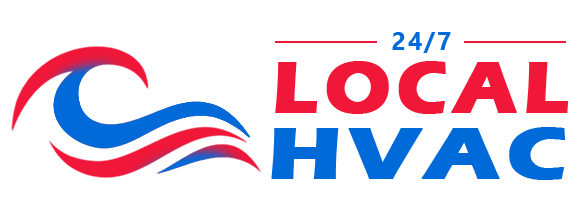Schools’ HVAC systems are ‘silently undermining’ child’s chance at success
Even when California schools install new heating and ventilation systems, the contractors aren’t properly adjusting or programming the units to provide enough ventilation to protect the health and welfare of students or their teachers, according to a study released this week by researchers at the University of California, Davis.
“Even in … classrooms with new HVAC equipment, 85 percent of them were under-ventilated. We went to 104 classrooms across 11 schools,” said Theresa Pistochini , engineering manager at the UC Davis Western Cooling Efficiency Center . “There is very little awareness about this problem. The issue is you don’t know what you don’t measure.”
If classrooms lack proper ventilation, students and teachers are exposed to unhealthy levels of carbon dioxide and air pollutants such as volatile organic compounds, including formaldehyde. While the voluntary organic compounds are given off as gas from building materials, finishes and furniture, the ratio of CO2 rises as the students and teachers exhale it.
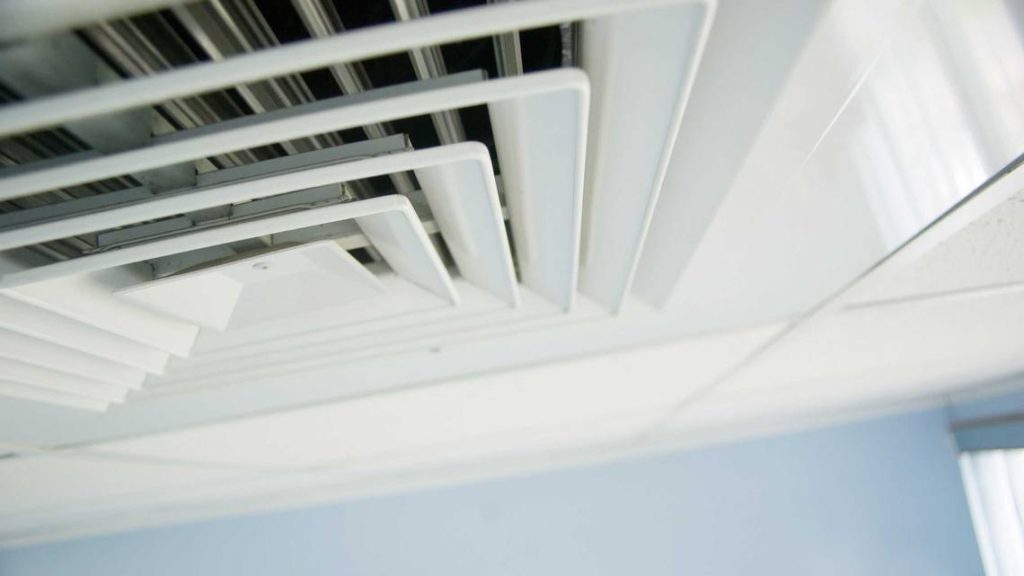 Without new air coming into the building, there’s a build-up of indoor pollutants that not only can cause respiratory conditions such as asthma but also can impair cognitive performance. Pistochini said high schools are more likely to have these issues with air quality because there are more students per classroom than in elementary schools, and these older students require more ventilation than small children.
Without new air coming into the building, there’s a build-up of indoor pollutants that not only can cause respiratory conditions such as asthma but also can impair cognitive performance. Pistochini said high schools are more likely to have these issues with air quality because there are more students per classroom than in elementary schools, and these older students require more ventilation than small children.
UCD scientists collaborated on the study with the indoor environment group at the U.S. Department of Energy’s Lawrence Berkeley National Laboratory in Berkeley. The lab released a study in 2013 showing that California elementary schools with poor ventilation rates reported an increased number of absences related to illnesses.
“We were able to find in that study that classrooms that were better ventilated tend to have lower illness absentee rates, and that’s very significant,” said Rengie Chan , a research scientist at the Berkeley lab. “As kids miss school more, they fall behind, and so it’s really associated with the learning of students.”
The study, published in the journal Building and Environment, found that while teachers often could gauge when a classroom was too warm or too cold, they had no idea whether the level of carbon dioxide or other indoor air pollutants were at healthy levels.
“It’s very hard to perceive whether or not you’re getting enough outdoor air, and we surveyed all the teachers in our study,” Pistochini said. “The teachers essentially couldn’t detect that there was a problem, so you really don’t know.”
Why HVAC systems working?
Researchers documented that the school HVAC systems didn’t work because of problems with hardware, controls or filter maintenance. They noted that classrooms with just one of these issues suffered from ventilation rates below state standards and elevated levels of carbon dioxide.
“To provide outdoor air, you have to have your fan running continuously running during the day,” Pistochini said, “so we recommend schools makes sure those fans are running, that districts are operating their fans. Replacing filters is important.
“Certainly, when new systems are installed, they also should make sure they’re commissioned and tested as required by the law. That’s basically not happening now.”
The real challenge in dealing with this issue, Pistochini said, is that there’s very little awareness of the issue. Many school personnel aren’t trained in this issue, she said, and neither they nor the contractors are doing the state-mandated testing to determine whether ventilation standards are being met.
“The way the state laws work currently,” Pistochini said, “(districts) have no oversight of that aspect of the construction process. If the district doesn’t know to get that system tested or if it doesn’t insist it’s done, it just doesn’t happen.”
Schools can install carbon dioxide sensors, Pistochini said, a low-cost way to alert staff that ventilation rates could be too low. Yet UCD and Berkeley Lab researchers reported finding the devices at only two of 11 schools they visited. Those two schools, though, had much better ventilation performance than the others tested, Pistochini said.
Because most new HVAC systems are installed in summer while staff and students are off from school, Pistochini said, the focus often is on completing the project before everyone returns rather than on whether state standards are met.
“When a brand new HVAC system gets installed, if the heating or cooling isn’t working, you know that right away,” she said. “The teachers can say, ‘It’s 90 degrees in here. Look at my thermostat. Something is not working. It isn’t working.’ But with ventilation, it’s very hard to perceive whether or not you’re getting enough outdoor air.”
Why HVAC systems working?
Researchers documented that the school HVAC systems didn’t work because of problems with hardware, controls or filter maintenance. They noted that classrooms with just one of these issues suffered from ventilation rates below state standards and elevated levels of carbon dioxide.
“To provide outdoor air, you have to have your fan running continuously running during the day,” Pistochini said, “so we recommend schools makes sure those fans are running, that districts are operating their fans. Replacing filters is important.
“Certainly, when new systems are installed, they also should make sure they’re commissioned and tested as required by the law. That’s basically not happening now.”
The real challenge in dealing with this issue, Pistochini said, is that there’s very little awareness of the issue. Many school personnel aren’t trained in this issue, she said, and neither they nor the contractors are doing the state-mandated testing to determine whether ventilation standards are being met.
“The way the state laws work currently,” Pistochini said, “(districts) have no oversight of that aspect of the construction process. If the district doesn’t know to get that system tested or if it doesn’t insist it’s done, it just doesn’t happen.”
Schools can install carbon dioxide sensors, Pistochini said, a low-cost way to alert staff that ventilation rates could be too low. Yet UCD and Berkeley Lab researchers reported finding the devices at only two of 11 schools they visited. Those two schools, though, had much better ventilation performance than the others tested, Pistochini said.
Because most new HVAC systems are installed in summer while staff and students are off from school, Pistochini said, the focus often is on completing the project before everyone returns rather than on whether state standards are met.
“When a brand new HVAC system gets installed , if the heating or cooling isn’t working, you know that right away,” she said. “The teachers can say, ‘It’s 90 degrees in here. Look at my thermostat. Something is not working. It isn’t working.’ But with ventilation, it’s very hard to perceive whether or not you’re getting enough outdoor air.”


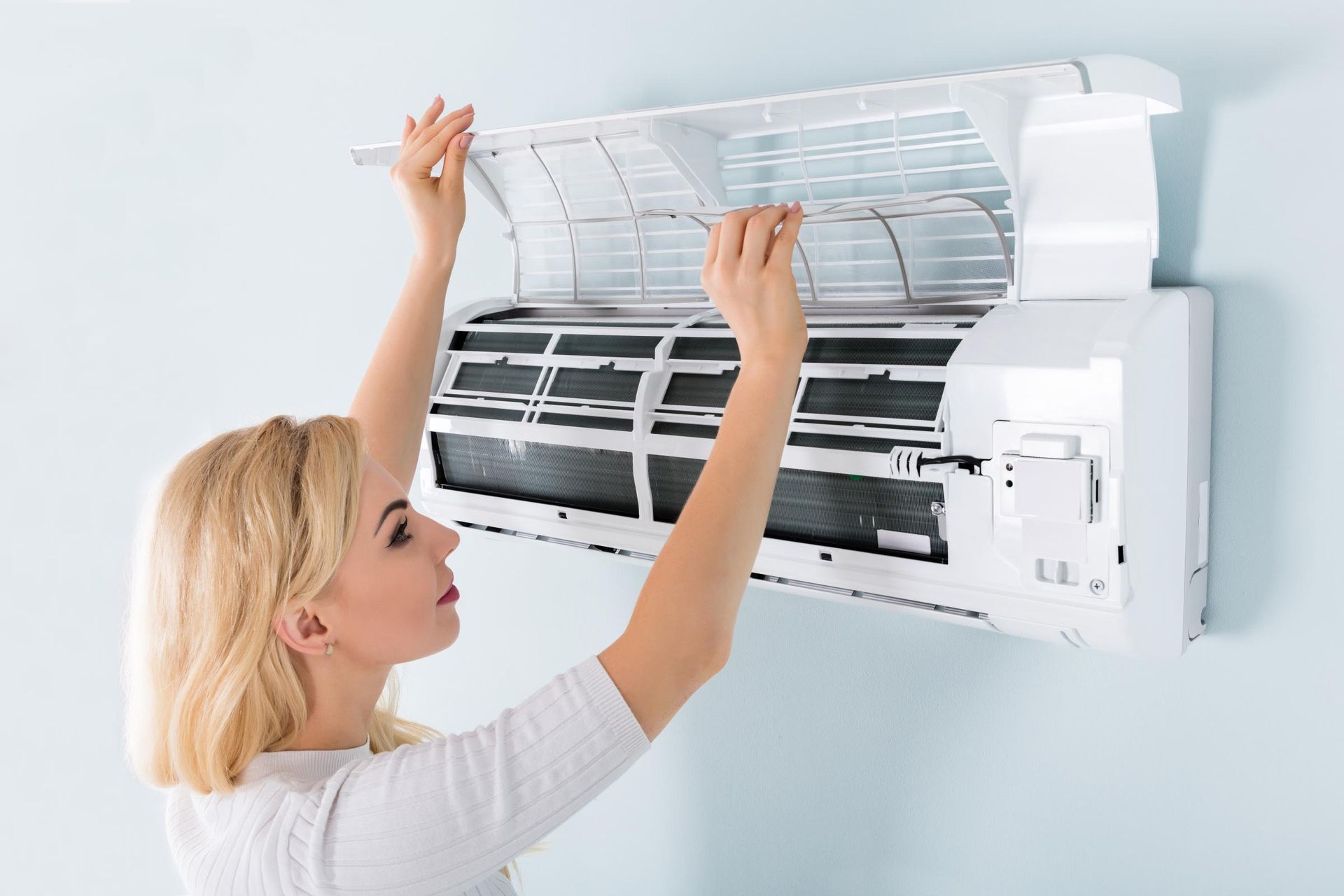
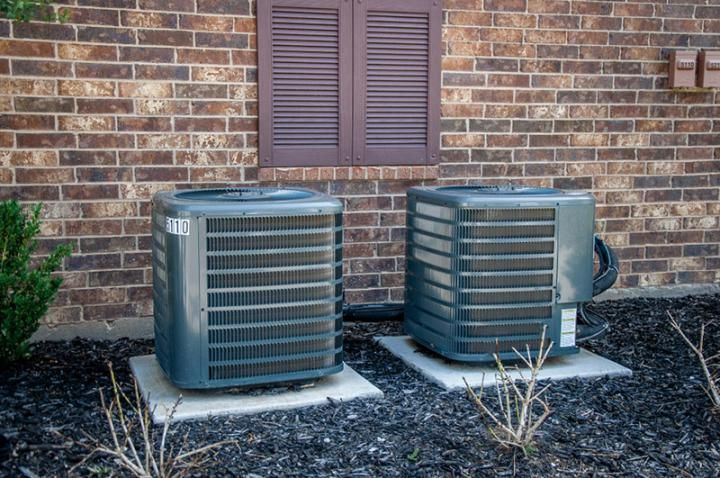

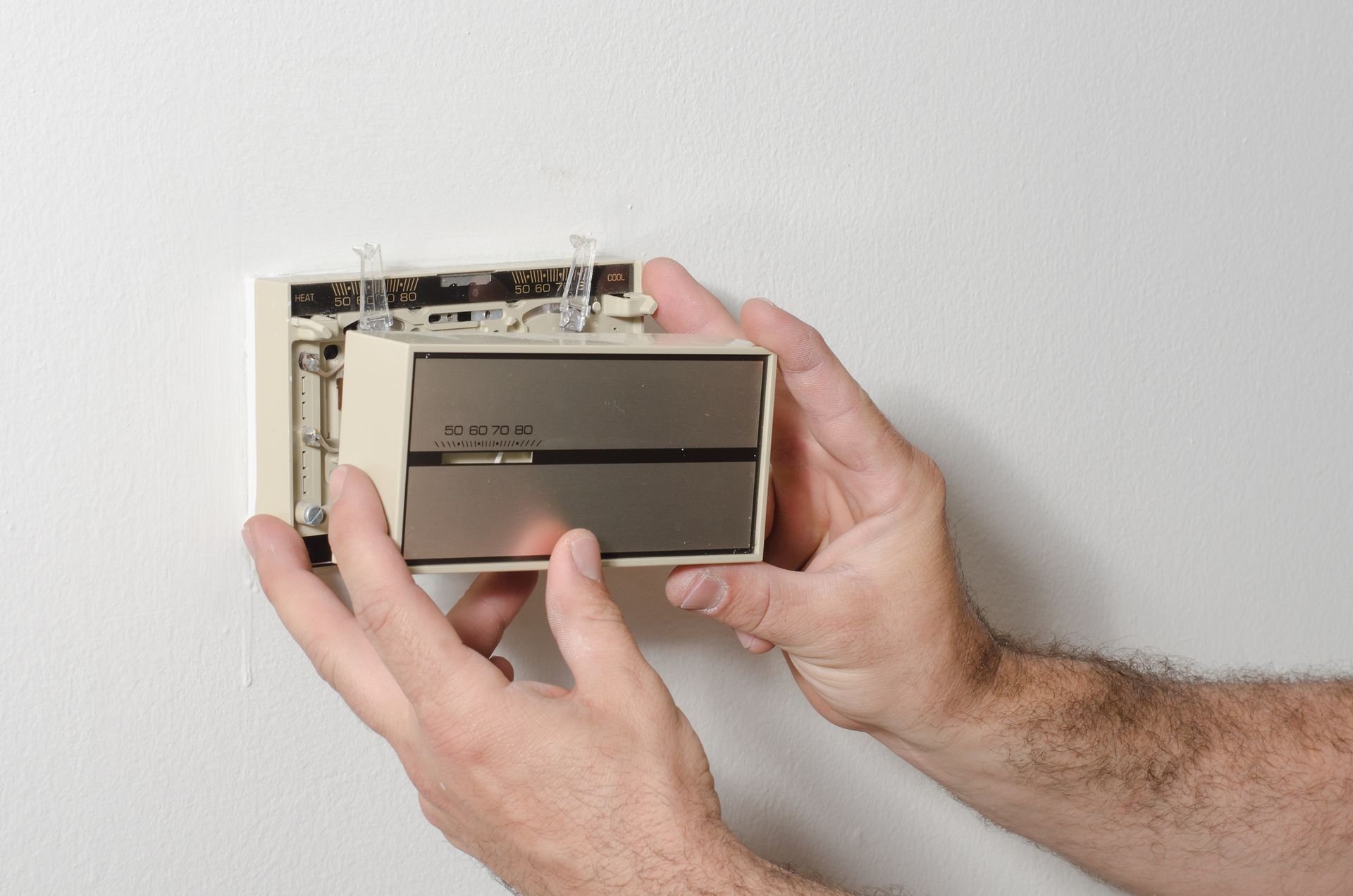

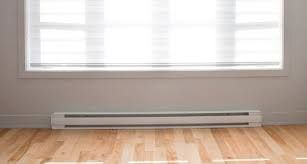
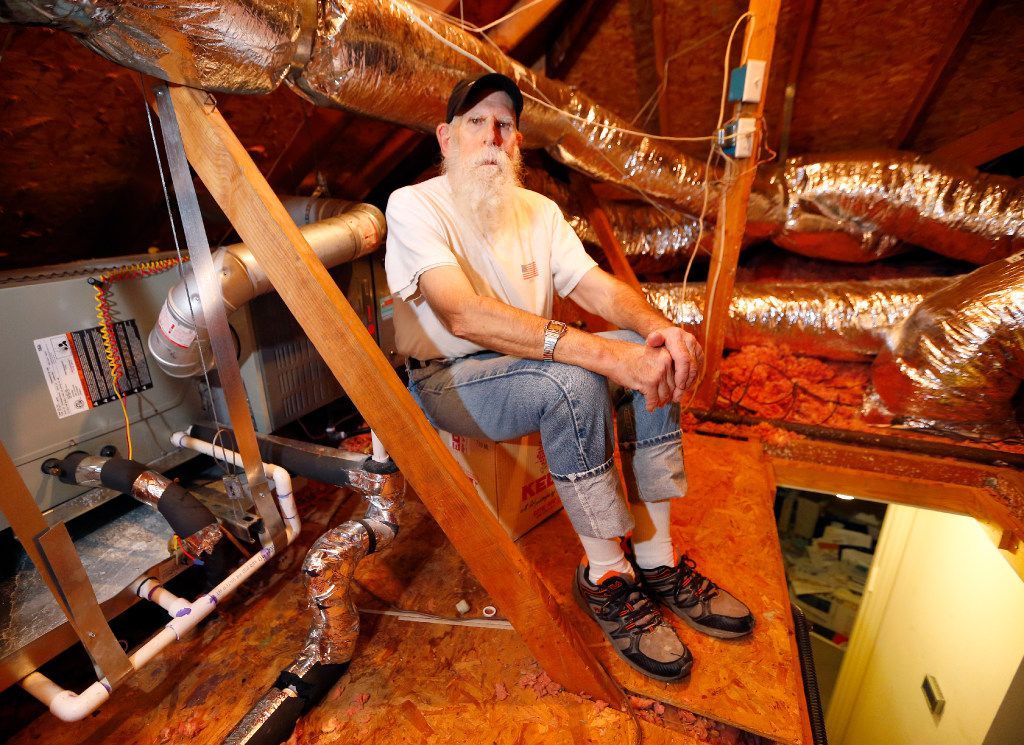

At 24/7 Local HVAC, we specialize in facilitating connections with top-tier HVAC professionals. Our focus is on bridging the gap between you and reputable HVAC companies operating within your local vicinity. It's important to emphasize that each of these HVAC entities functions independently and autonomously.
We firmly place the onus on every individual user to meticulously verify that any selected HVAC company aligns with the mandated licensing and insurance prerequisites stipulated by the governing authorities in their respective jurisdiction.
Furthermore, it's worth noting that our services may regrettably not cover all geographical areas. In instances where our services are available, the scope of offerings could potentially differ based on the composition of service providers present within that particular region.

